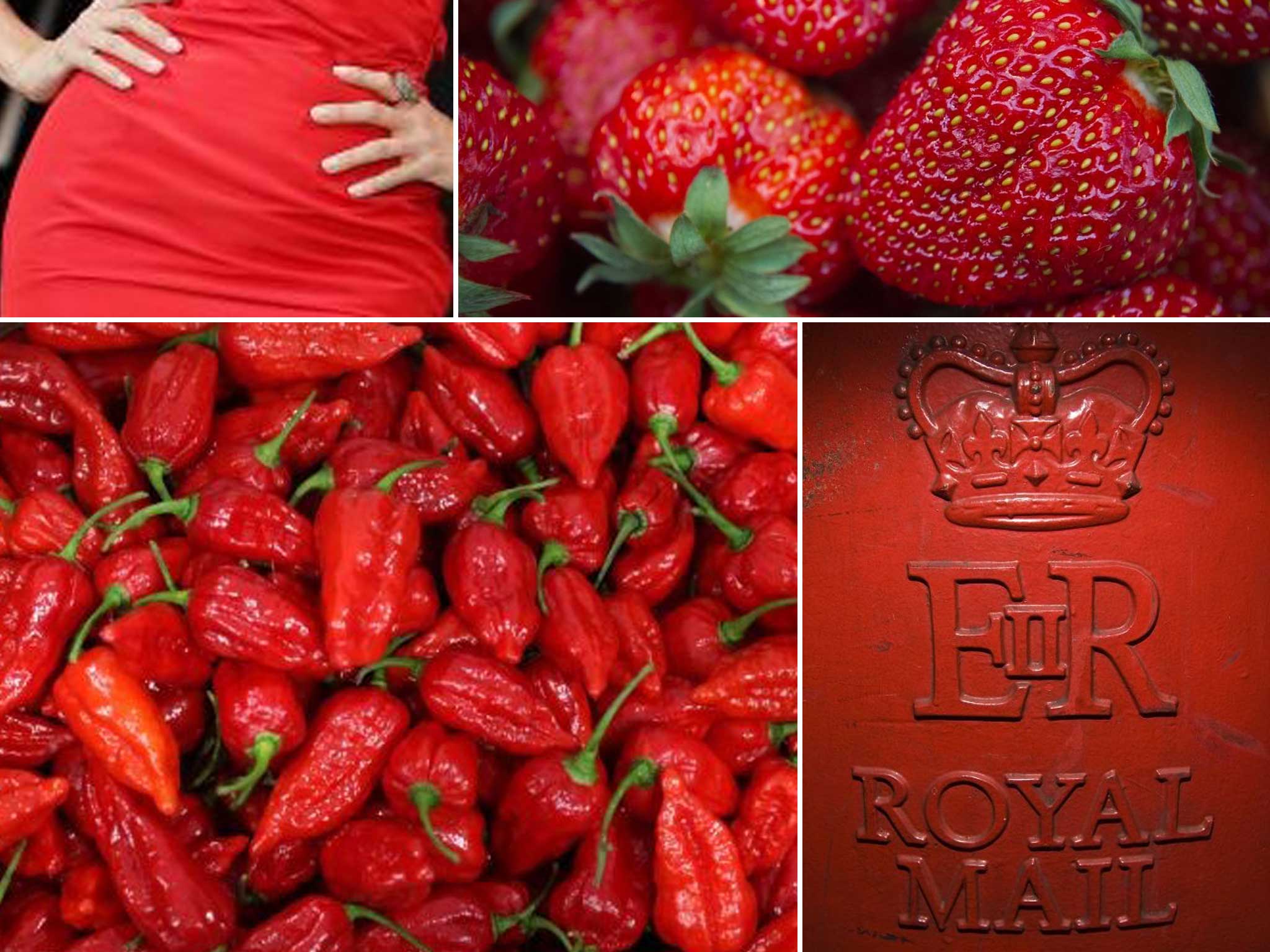Seeing red: It's not just an expression for angry people, but also scientific fact
Scientists say that the connection may be linked to our evolution from ancestral hunter-gatherer times to link the colour with danger and threats

Angry people really do "see red" where others don't, scientists have shown. And a preference for red over blue may even be an indicator of a more hostile personality.
In a study examining humankind's ancient association of the colour red with anger, aggression and danger, researchers found that, when shown images that were neither fully red nor fully blue, people with hostile personalities were much more likely to see red.
Scientists said that the connection may be linked to our evolution from ancestral hunter-gatherer times to link red with danger and threats.
The research is believed to be the first to look at personality, hostility and the colour red, and involved a number of separate experiments.
In the first, researchers from North Dakota State University asked a group of people which colour they preferred, red or blue. Participants then completed personality tests. Results showed that those who opted for red tended to be inter-personally more hostile.
During a second test, participants were presented with images which were faded so they were red or blue to some extent. There was no absolutely dominant colour, and they could be perceived as either. Those who predominantly saw red scored 25 per cent higher on indicators of hostility in the personality test section of the study.
"Hostile people have hostile thoughts; hostile thoughts are implicitly associated with the colour red, and therefore hostile people are biased to see this colour more frequently," the researchers said, reporting their findings in the Journal of Personality.
Finally, the test participants were presented with imaginary scenarios where they could take various forms of action. Red-preferring people were more likely to indicate that they would harm another person in the scenarios than those who preferred blue.
"A core take-home message from this research is that colour can convey psychological meaning and, therefore, is not merely a matter of aesthetics," the researchers said. "Our studies establish a link between a preference for, and a bias to see, the colour red and individual differences in interpersonal hostility.
Red has a number of links with hostility, they said, and anthropologists have found that its association with anger and aggression are largely shared across all cultures.
Angry faces become redder because increased facial flushing, for example, while testosterone, a hormone associated with hostility and aggression, is responsible for red colours in a number of species.
In evolutionary terms, perception of red was a basic requirement for hunter-gatherers because it signalled potential danger in the form of poisonous plants and insects that might inflict harm, and of wounds and blood.
Join our commenting forum
Join thought-provoking conversations, follow other Independent readers and see their replies
Comments